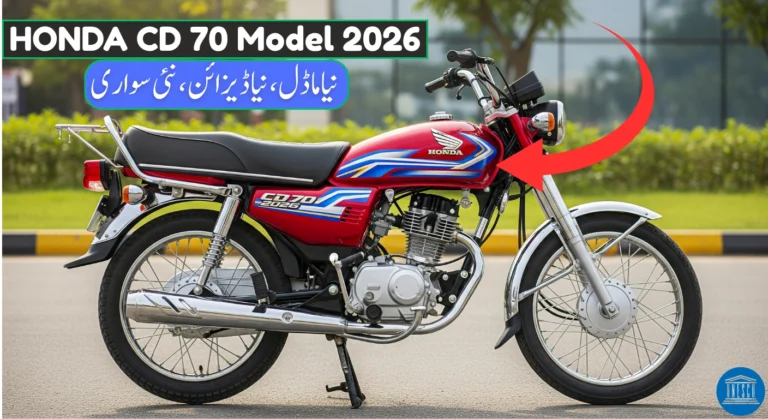When it comes to the perks of political leadership in Pakistan, the salaries of provincial Chief Ministers (CMs) have always been a hot topic. In 2025, this conversation has once again gained momentum—especially after updates revealed significant differences in the salaries of CMs from Punjab, Sindh, Balochistan, and Khyber Pakhtunkhwa (KPK). Let’s unpack the current figures, the reasons behind the discrepancies, and what the public really thinks about them.
How Much Do Chief Ministers Make in 2025?
As of this year, each province compensates its Chief Minister differently:
-
Punjab CM earns Rs. 200,000/month
-
Sindh CM gets Rs. 240,000/month
-
Balochistan CM receives a whopping Rs. 550,000/month
-
KPK CM’s salary is still not officially disclosed
These figures do not include additional perks like house rent, medical allowances, official residences, travel expenses, or staff allowances. In reality, the total cost of maintaining a CM’s lifestyle is significantly higher than just the basic pay.

Why Are There Such Big Differences?
Each province in Pakistan faces unique political, economic, and geographical challenges, which often shape their administrative decisions—including salaries for top officials.
For instance, Balochistan’s CM draws the highest salary, and there’s a reason for that. The province spans vast, underdeveloped areas that require extensive travel, stronger administrative control, and higher operational costs. The elevated salary might be justified as compensation for governing such a complex region.
On the other hand, Punjab and Sindh have more developed infrastructures and urban centers, which could explain the relatively modest salaries for their CMs—though “modest” is a relative term when public funds are involved.
What Do Pakistanis Think About These Salaries?
The public response is divided, as always. Here’s a quick look at the general sentiment:
-
Supporters argue that higher salaries help curb corruption. If leaders are financially secure, they’re less likely to misuse public money.
-
Critics believe that these funds should be reallocated toward education, healthcare, and poverty reduction, especially during tough economic times.
-
Many also question the lack of transparency, particularly in provinces like KPK where salary figures remain hidden.
There’s a growing demand for greater accountability and justification for such large expenditures, especially from provinces that continue to face budget deficits.
Beyond the Salary: Hidden Perks and Benefits
CM salaries are just the tip of the iceberg. They’re also entitled to:
-
Free accommodation (usually palatial houses or government-owned residences)
-
Luxury vehicles with drivers and security
-
Medical facilities for themselves and their families
-
Travel allowances including both domestic and international trips
-
Staff salaries for personal secretaries, assistants, and other aides
When you factor all these in, the actual cost of a Chief Minister to the taxpayer runs into millions of rupees annually.
The Road Ahead
With economic instability looming over Pakistan in 2025, salary structures for public officials—including CMs—are likely to stay under scrutiny. Any future changes would require careful balancing between governance needs and public expectations. Transparency, fairness, and performance-based accountability could be key to winning public trust.










